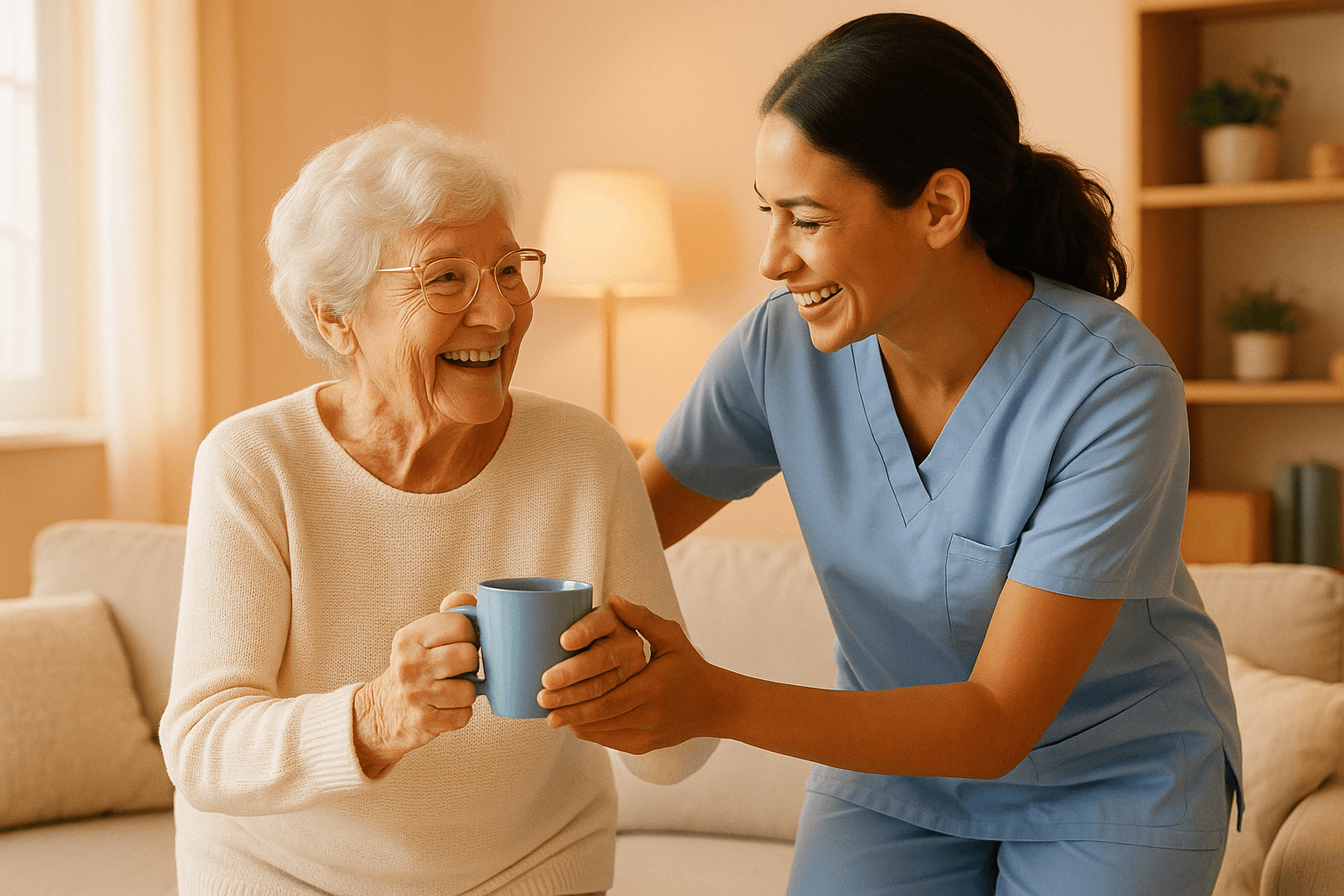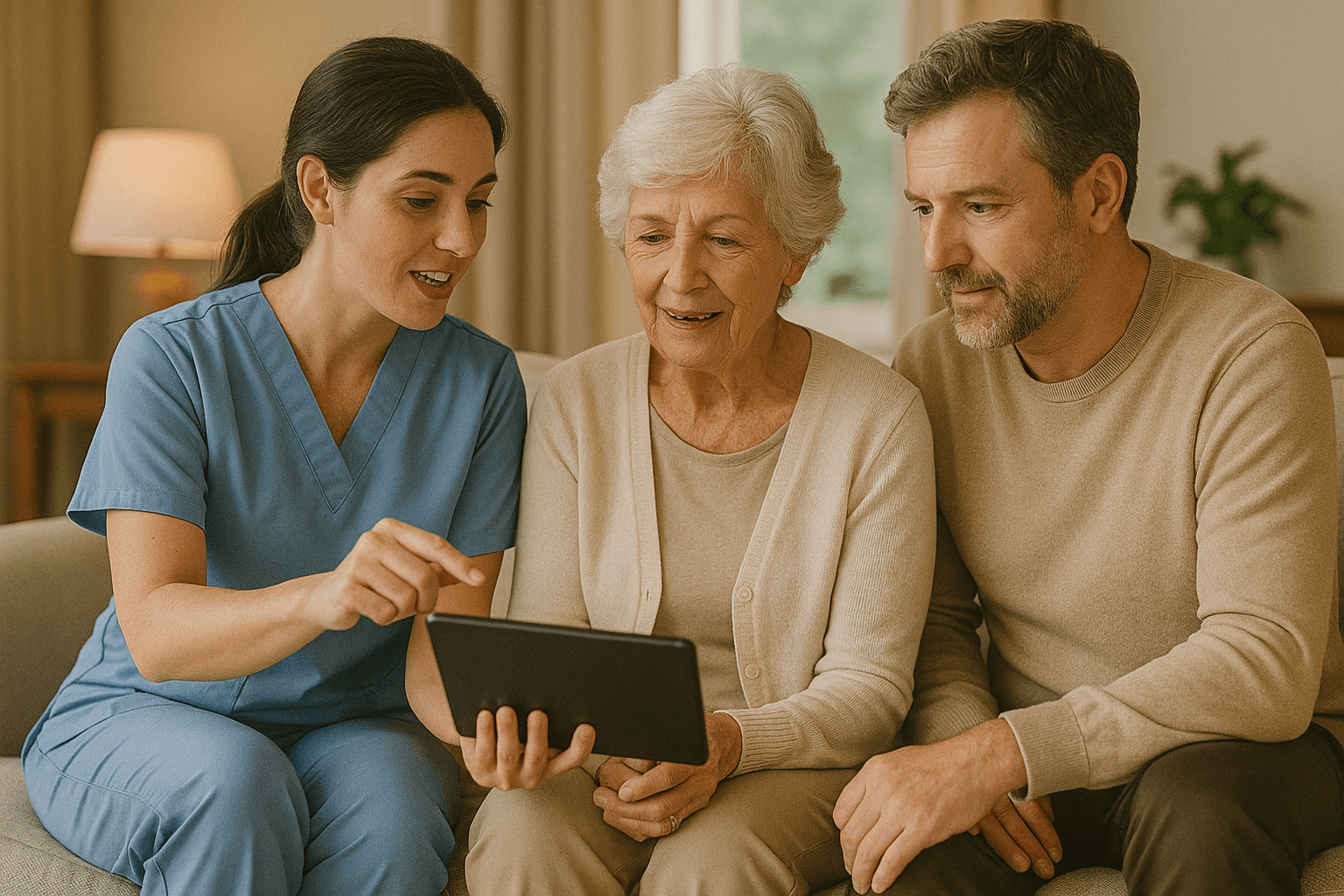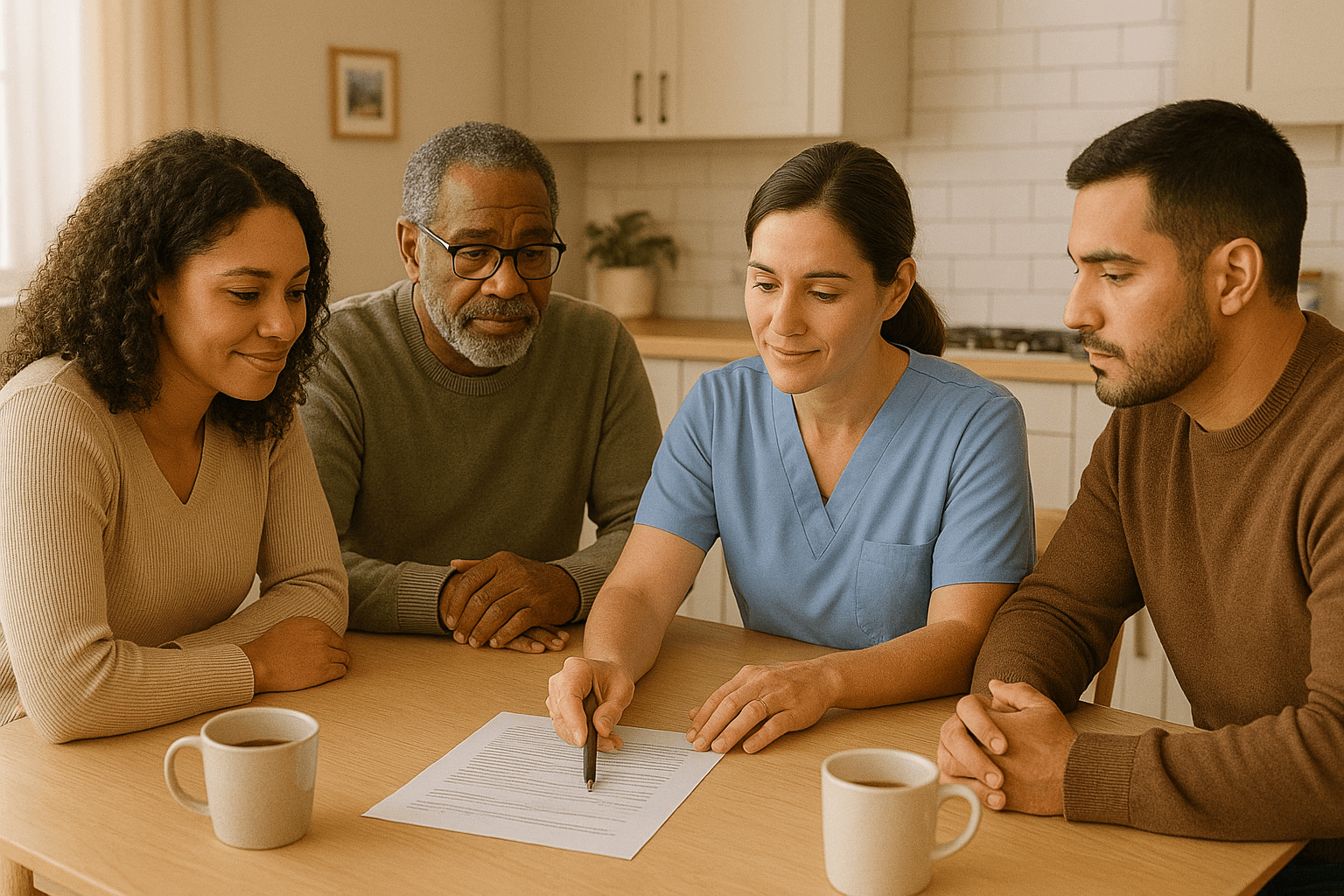Why Home Safety Matters
Falls are the leading cause of fatal and non-fatal injuries among older adults. Every year, millions of seniors experience falls, resulting in hip fractures, head injuries, and loss of independence. The good news? Most falls are preventable with proper home modifications and awareness.
Room-by-Room Safety Guide
Bathroom Safety
The bathroom is the most dangerous room in the house for seniors. Here's how to make it safer:
- Install grab bars near the toilet and in the shower/tub. Make sure they're securely mounted to wall studs, not just drywall.
- Add non-slip mats inside and outside the tub or shower.
- Consider a shower chair or bench for bathing safety.
- Raise the toilet seat with a toilet riser to make sitting and standing easier.
- Keep a nightlight in the bathroom for nighttime trips.
Bedroom Safety
- Keep a lamp and phone within easy reach of the bed.
- Ensure the path from bed to bathroom is clear and well-lit.
- Position the bed at the right height—feet should touch the floor when sitting.
- Remove or secure loose rugs that can cause tripping.
Stairway Safety
- Install handrails on both sides of all stairways.
- Improve lighting with bright bulbs at top and bottom of stairs.
- Mark the edges of steps with contrasting tape to improve visibility.
- Remove clutter from stairs immediately—never leave items on steps "just for a minute."
Kitchen Safety
- Store frequently used items at waist level to avoid overreaching or bending.
- Use non-slip shelf liners in cabinets.
- Install automatic shut-off devices for stoves if memory is a concern.
- Keep a sturdy step stool with a handrail available (but encourage asking for help with high shelves).
Living Areas
- Remove throw rugs or secure them with non-slip backing.
- Arrange furniture to create clear walking paths.
- Eliminate low coffee tables and footstools that create tripping hazards.
- Keep electrical cords secured along walls, not across walkways.
Lighting Improvements
Poor lighting is a major fall risk factor. Consider these upgrades:
- Install bright LED bulbs throughout the home (at least 100-watt equivalent).
- Add motion-sensor nightlights in hallways, bathrooms, and bedrooms.
- Use light switches at both the top and bottom of stairs.
- Place flashlights in every room in case of power outages.
Medical Alert Systems
Consider a medical alert system that allows your loved one to call for help even if they can't reach a phone. Many systems now include automatic fall detection.
Medication Review
Some medications cause dizziness, drowsiness, or low blood pressure—all of which increase fall risk. Schedule a medication review with your doctor or pharmacist to identify potentially problematic drugs.
Vision and Hearing Checks
Regular eye exams and updated prescriptions are crucial for balance and spatial awareness. Poor vision is a significant fall risk factor.
How Professional Caregivers Help
At Guardian Community Care, our caregivers are trained to identify safety hazards and assist with fall prevention strategies. We can help with:
- Mobility assistance and gait training
- Home safety assessments
- Medication reminders
- Accompanying clients to medical appointments
- Providing supervision and assistance with daily activities
Balance and Strength Exercises to Incorporate
Improving balance and muscle strength is one of the most effective ways to reduce fall risk. Talk with a physical therapist before beginning new exercises, and consider incorporating:
- Chair stands: Practice standing up and sitting down without using your hands to build leg strength.
- Heel-to-toe walking: Place one foot directly in front of the other to improve stability and coordination.
- Single-leg balance: Stand on one foot while holding a sturdy surface, gradually reducing support as confidence grows.
- Gentle tai chi or yoga: Low-impact movement that enhances flexibility, focus, and body awareness.
Technology and Monitoring Tools
Modern smart-home devices add a layer of protection for seniors living alone:
- Motion sensors that alert family if typical movement patterns change unexpectedly
- Medical alert systems with automatic fall detection and GPS tracking
- Video doorbells and smart locks to manage visitors without rushing to the door
- Voice assistants programmed to control lighting, set reminders, and call for help
Seasonal Safety Checklist
Review safety measures at the start of every season to address new risks:
- Winter: Keep walkways clear of snow and ice, stock ice melt, and ensure indoor humidity is comfortable.
- Spring: Inspect for leaks, repair cracked steps, and declutter entryways after winter storage.
- Summer: Stay hydrated, use sun-protective window coverings, and monitor for dizziness in high temperatures.
- Autumn: Rake leaves promptly, replace outdoor light bulbs, and schedule furnace and chimney maintenance.
Partnering with Professionals
Occupational therapists, physical therapists, and home care teams can assess the home and recommend personalized modifications. Guardian Community Care collaborates with healthcare providers so every recommendation supports medical guidance, lifestyle goals, and budget considerations.
Together, we create a layered safety approach—environmental updates, exercise routines, caregiver support, and technology—that gives families peace of mind.
Creating a safer home environment doesn't require expensive renovations—many modifications are simple and affordable. The investment in safety is always worth it.


